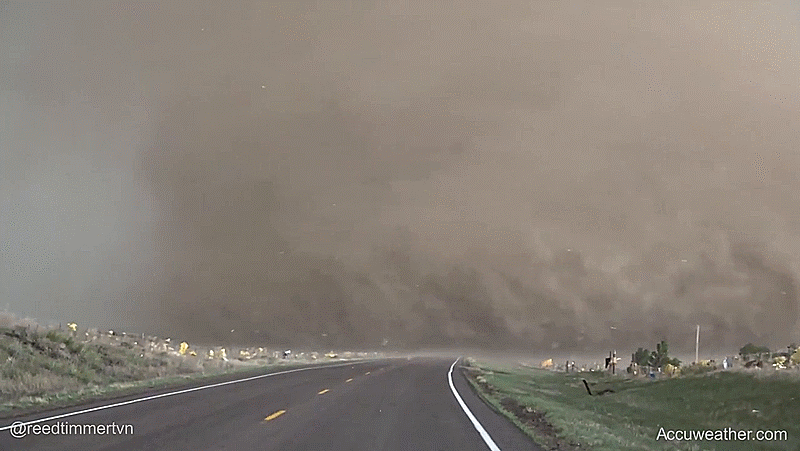Tornado Chasers
Posted: Sun May 08, 2016 11:39 pm

have fun, relax, but above all ARGUE!
http://www.theplanbforum.com/forum/
http://www.theplanbforum.com/forum/viewtopic.php?f=8&t=15720

I think the question that should be asked is "how many more tornadoes do they need to chase before they figure out that they are dangerous and they should be going in the other direction?"kmccune wrote:Whats really the point in chasing tornados ?
I believe it's three tornadoes. Yeah....that's it..... They need to chase three tornadoes in order to figure that out.Bicycle Bill wrote:I think the question that should be asked is "how many more tornadoes do they need to chase before they figure out that they are dangerous and they should be going in the other direction?"kmccune wrote:Whats really the point in chasing tornados ?
http://www.cnn.com/2013/06/02/us/midwest-weather/A group of men who devoted their lives to hunting powerful storms died in the middle of the chase.
Tim Samaras, his son Paul Samaras and Carl Young were killed Friday while following a tornado in El Reno, Oklahoma, relatives told CNN on Sunday. Their work tracking tornadoes was featured on the former Discovery Channel show "Storm Chasers."
Canadian County Undersheriff Chris West confirmed that three storm chasers had been killed but declined to provide additional details about the circumstances of their deaths.
"We also want to say that storm chasers and meteorologists and news stations, that's part of the vital link in getting the word out to people so that they don't become victims," he said. "A lot of these individuals have dedicated many years of their lives to going out and assisting and tracking storms, and getting footage and putting themselves in harm's way so they can educate the public to the destructive power of these storms."
Tim Samaras founded TWISTEX, the Tactical Weather Instrumented Sampling in Tornadoes Experiment, to help learn more about tornadoes and increase lead time for warnings, according to the official website.
In 2004, he told CNN that being near storms was part of the job.
"In order to get directly in the path, you have to be close," he said.
"Actually I'm pretty focused on our safety, certainly, and I'm focused on getting the data and getting the right spot," he said. "You only have one chance to do it."
"There's just no one safer than Tim. Tim, he would never put himself in danger," Myers said. "He certainly wouldn't put his son in danger."
One of Samaras' goals, Myers said, was collecting more data to help government officials.
"We all know that this is difficult and dangerous and sometimes things go wrong. But I think to portray Tim as just a chaser out for a thrill is just the wrong thing," Myers said. "I just want people to know that Tim was a scientist. He was out there to put probes out there. He was out there to learn and understand and to make science more understandable. ... We all go out there and we try to protect the public, but Tim was even one step higher."
Samaras had received 18 grants from the National Geographic Society for his research, said Terry Garcia, the organization's executive vice president of missions. In a written statement, he described Samaras' studies of lightning as "pioneering."
"Tim was a courageous and brilliant scientist who fearlessly pursued tornadoes and lightning in the field in an effort to better understand these phenomena," he said.